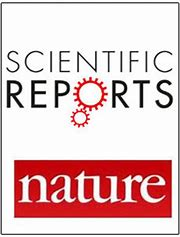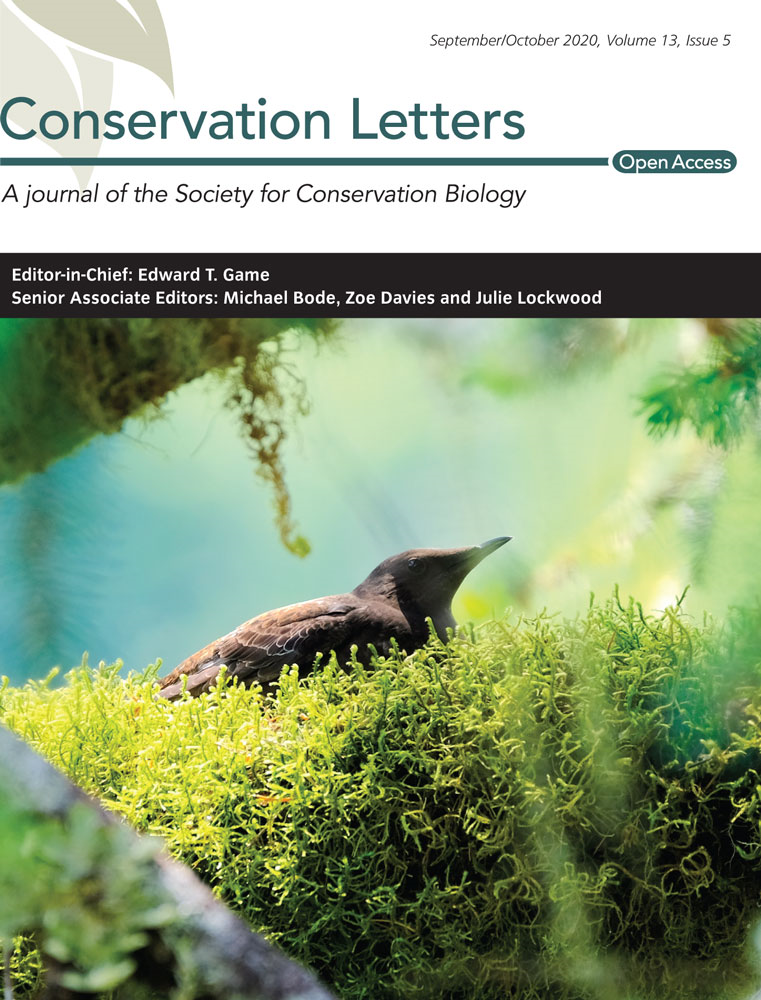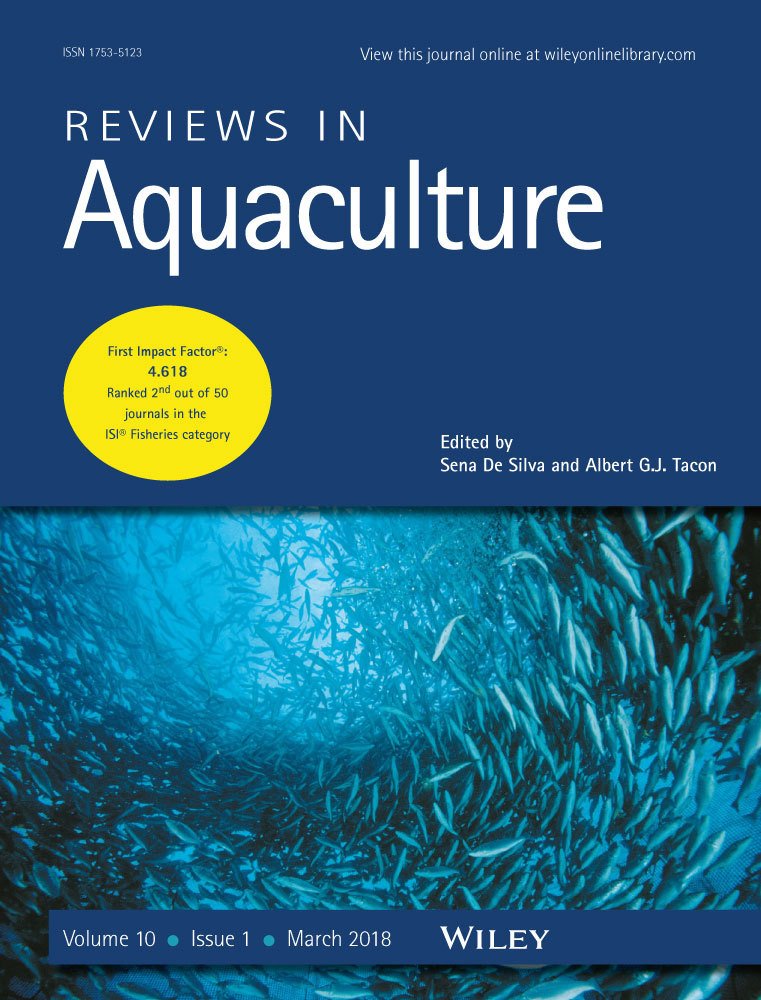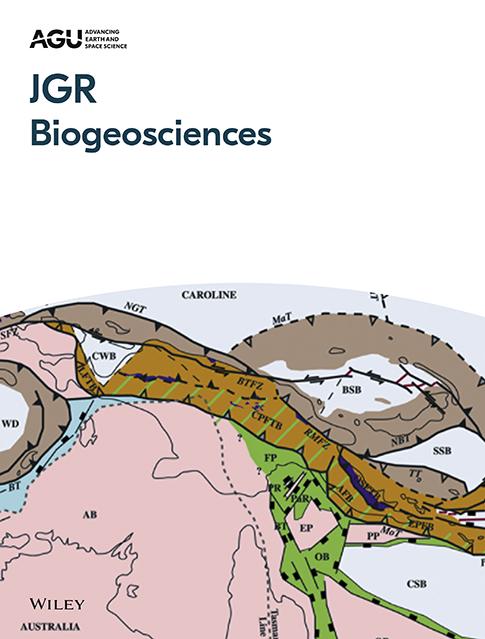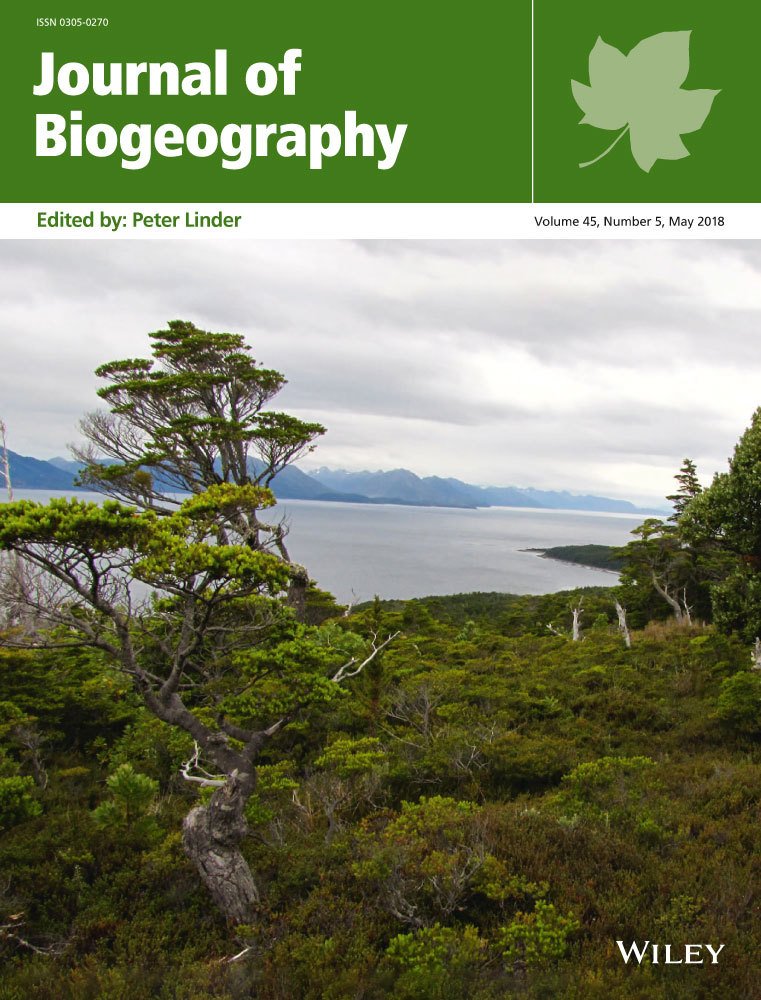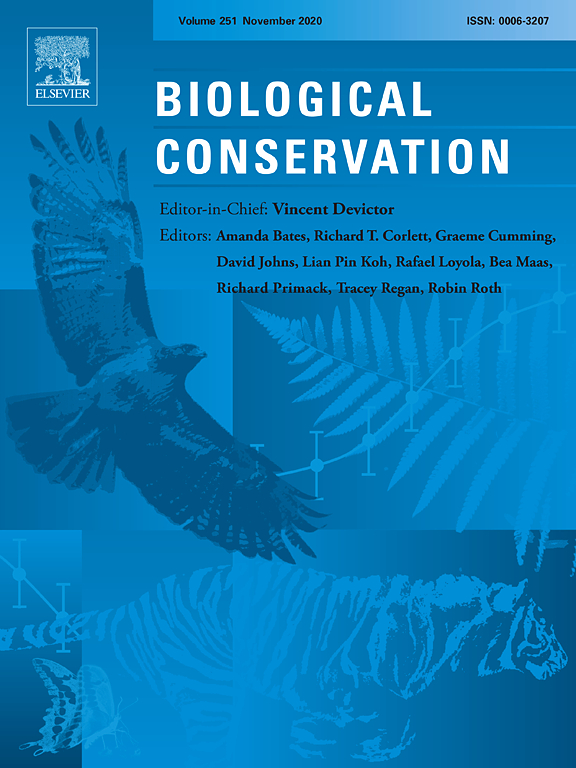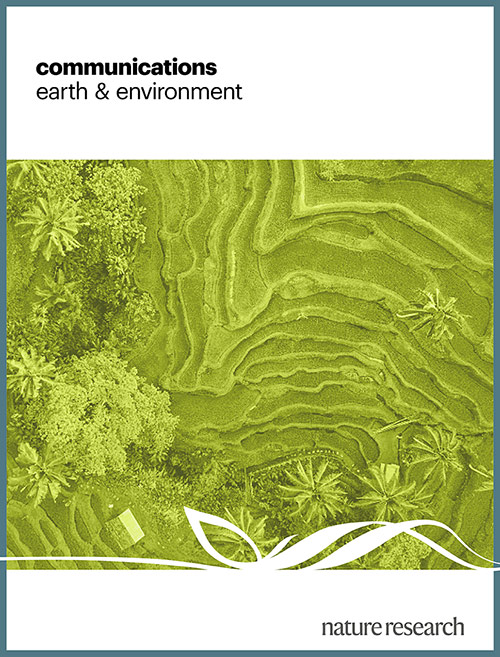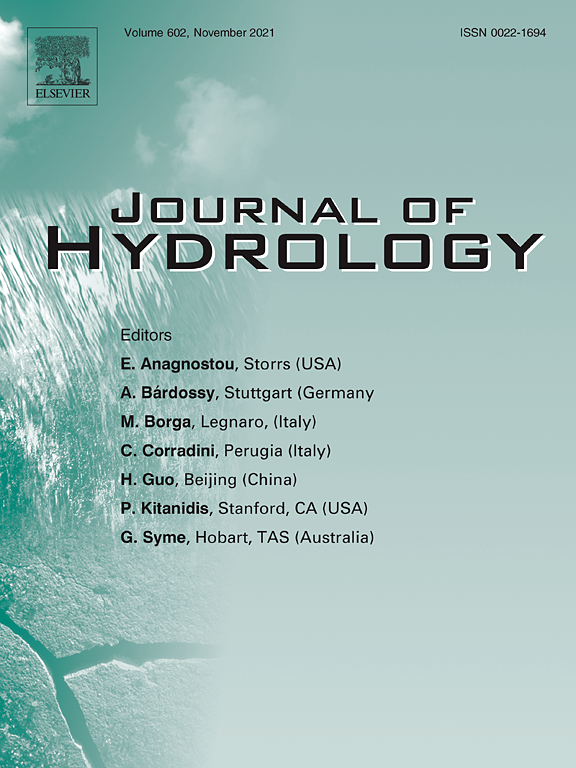Design and implementation of an illumination system to mimic skyglow at ecosystem level in a large-scale lake enclosure facility
The authors present the skyglow illumination system for IGB’s LakeLab, a large-scale enclosure research facility in Lake Stechlin. This is the first experimental setup to mimic skyglow realistically at ecosystem scale. Light propagation was modeled using photonics tools, a method adaptable to other outdoor and indoor experiments, urgently needed to understand the impact of skyglow on ecosystems.
Setting robust biodiversity goals
The new global biodiversity framework (GBF) must drive action to reverse the decline of biodiversity. However, the draft goals and targets fail to set out these clear outcomes. The authors propose modifications that would help to reveal the specific contribution of each action and provide clarity on whether the achievement of action targets would be adequate to achieve the outcome goals.
The aquaponic principle - it is all about coupling
The authors have tightened up the definitions of aquaponics and created a calculation model for resource use. They argue that the coupling of internal flows, for example of water, nutrients and energy, must be evaluated. After all, it is the cycle idea that ultimately makes aquaponics sustainable.
The lake ice continuum concept: influence of winter conditions on energy and ecosystem dynamics
The authors combined current literature with three novel case studies – one of them Lake Stechlin - to develop the Lake Ice Continuum Concept to understand how key aspects of the physical, chemical, and ecological structure and function of lakes vary along a continuum of energy inputs mediated by winter climate. This framework is useful for predicting how lakes respond to climate change.
Spatial and local environmental factors outweigh geo-climatic gradients in structuring taxonomically and trait-based β-diversity of benthic algae
The authors examined different facets of β-diversity of stream benthic algae in northeastern China. They found that local environmental and spatial factors are more important than geo-climatic variables in structuring taxonomically and trait-based β-diversity of benthic algae.
Impacts of loss of free-flowing rivers on global freshwater megafauna
The study shows: if all the proposed dams were built, 19 percent of free-flowing rivers that are longer than 500 km and inhabited by freshwater megafauna will lose their free-flowing status. The study also finds that freshwater megafauna diversity is higher in future fragmented free-flowing rivers than in rivers that would remain free-flowing in the future or that are already fragmented.
A duplicated copy of id2b is an unusual sex-determining candidate gene on the Y chromosome of arapaima (Arapaima gigas)
The Arapaima is an endangered species of interest for sustainable aquaculture. The authors published an improved genome sequence and identified a Y-linked candidate gene for sex determination in males. A PCR test enables genotyping as a new tool for breeding and conservation of the Arapaima. It has already been used to distinguish males from females at the IGB as well.
Carbon dioxide fluxes increase from day to night across European streams
The authors' aim was to evaluate the magnitude and drivers of stream CO2 flux variations at the water-air interface between day and night across European streams. The majority of streams had higher CO2 fluxes during night. However, no consistent driver could be identified across streams. Measuring night-time fluxes is necessary to not underestimate global CO2 emissions from inland waters.
Abundance and biogeography of methanogenic and methanotrophic microorganisms across European streams
The authors aimed at describing community composition of methanogenic and methanotrophic microorganisms at large spatial scale and at linking their abundances to potential sediment methane production and oxidation rates. Diversity of methanogenic archaea was higher in warmer streams and diversity of methanotrophic communities was higher at southern sampling sites and in larger streams.
A meta-analysis based review of quantifying the contributions of runoff components to streamflow in glacierized basins
How do estimates for runoff contributions in glaciated catchments differ when estimated with different methods? A meta-analysis of 143 studies shows that the definition of runoff contributions is crucial, leading to rain and snow contributions to runoff estimated with a tracer-based approach being on average 9-14% lower than when determined by hydrological modelling.


